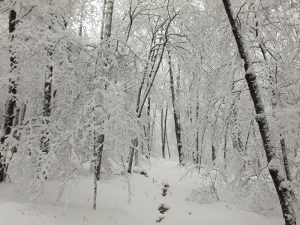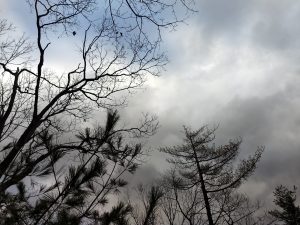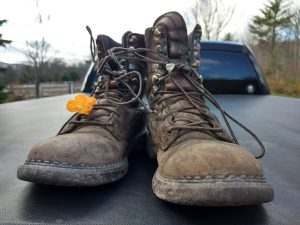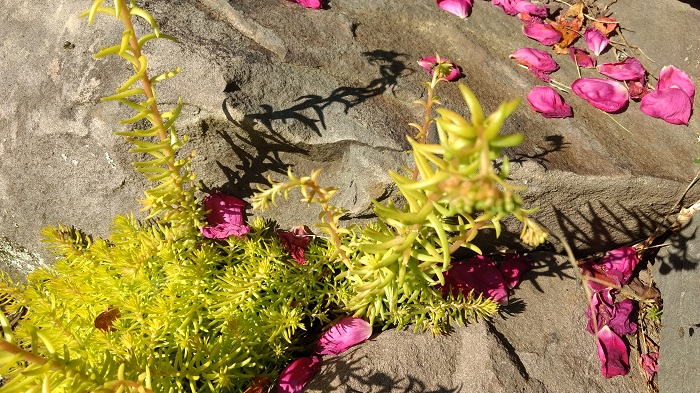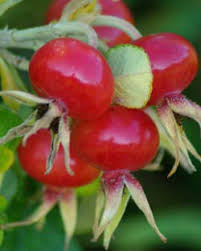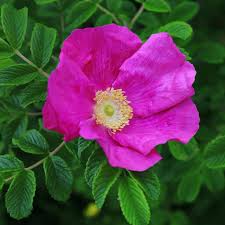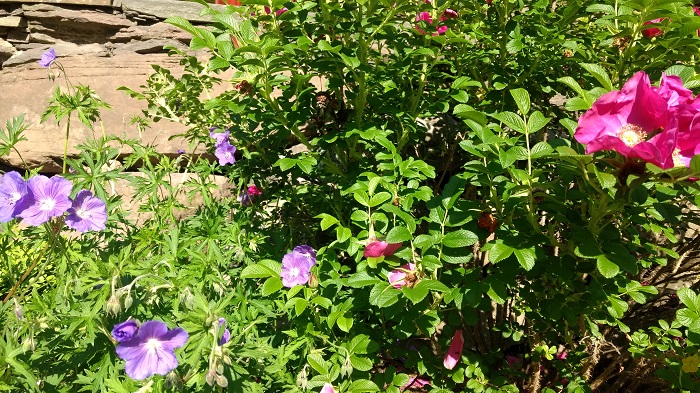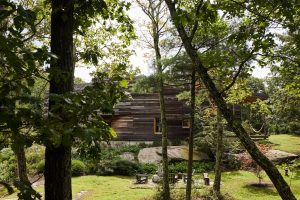
One of my favorite native plant gardens is featured this month in DWELL Magazine. In 2016 I designed and built this garden to be a soothing green on green, pollinator heaven using 98% native plant species that are deer resistant and major pollinator attractants. The gardens were meant to enhance the extraordinary quality of the home – like a ship sailing through the forest. We used sedges as natural mulch and groundcover, bergamot bee balm, blunt-toothed mountain mint, prairie smoke, shrubby St. John’s Wort, sweetfern and fragrant sumac in a sea of native ornamental grasses: little bluestem, prairie dropseed, switchgrass and Indian grass. We also incorporated mosses, sedums, lowbush blueberry and ferns present on site to seamlessly merge the designed areas with the natural ecosystem.
As evidenced, native plant gardens are beautiful and life-sustaining.
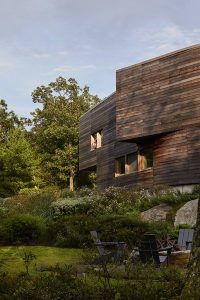
Four years on, we still maintain this garden now mostly pulling out bee balm and mountain mint to transplant to other areas of the property. In July the bees are buzzing so loud, it is beautiful for my ears and my Soul to behold.
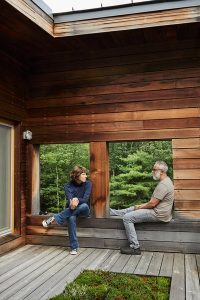
All photos: Pippa Drummond, courtesy of DWELL Magazine

